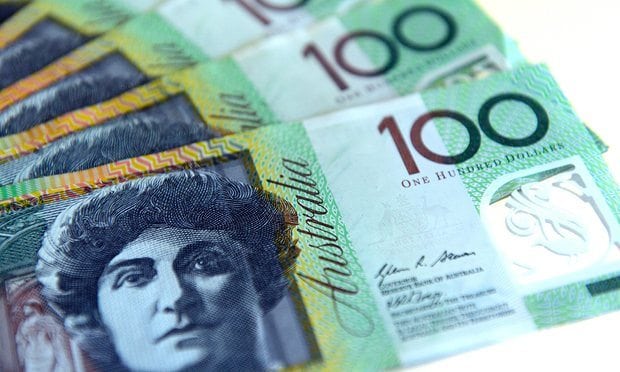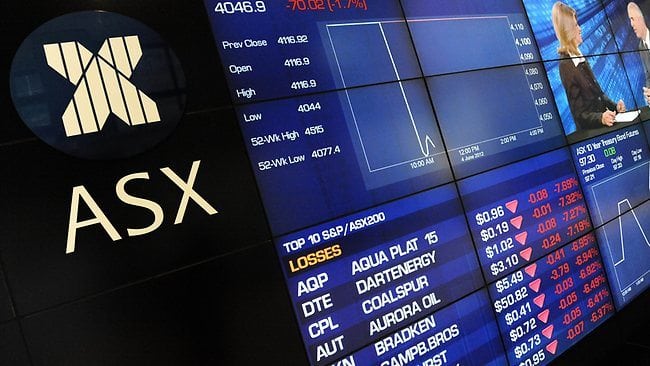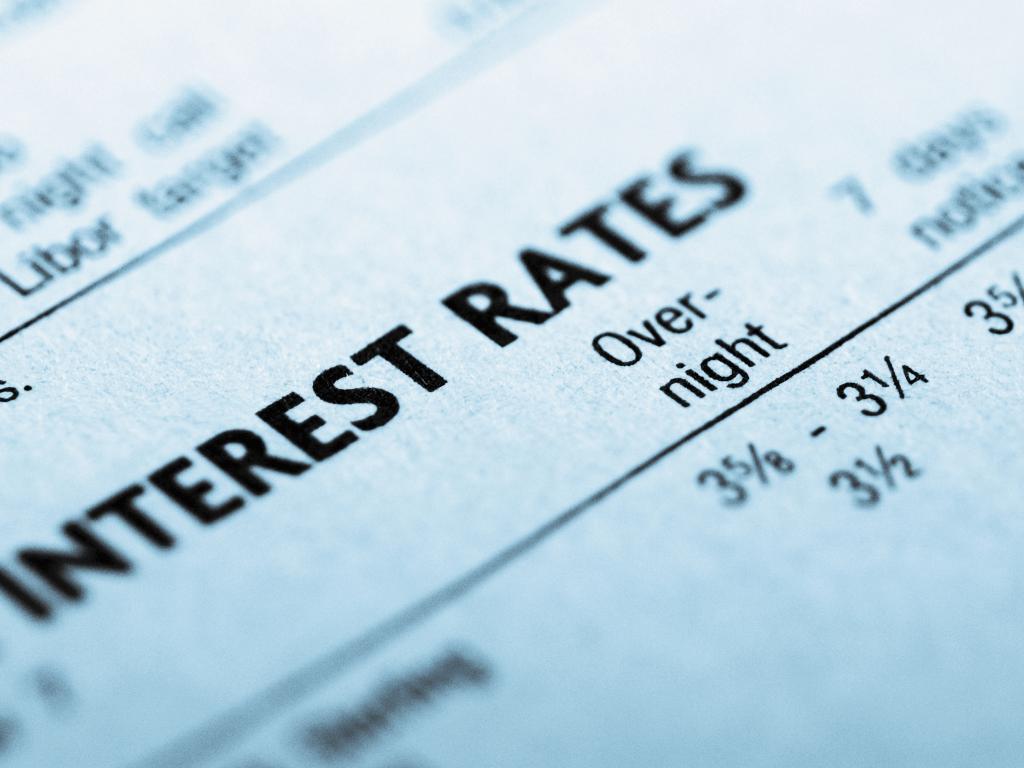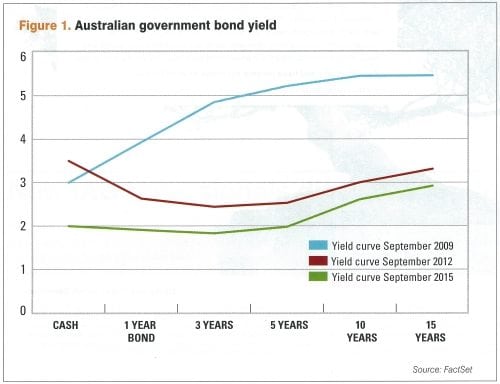Education key in combating elder financial abuse
Financial advice practices will be able to equip staff with greater knowledge and understanding around identifying and preventing elder financial abuse through a selection of new education and training materials.
Protecting Seniors Wealth has launched a range of resources including presentations, training courses, and publications to create awareness and assist in developing strategies to deal with senior and elder financial abuse efficiently.
The company believes financial planners are in a unique position to assist in protection seniors and their wealth as they assist in the management of their finances and so should incorporate this sort of training into their business plains, promoting trust and building on their business’ reputation.
“Seniors and elders are prime targets, they hold the largest share of wealth and often need assistance dealing with unwanted financial predictors, and the focus is on the seriousness of this issue – rapid increases, how seniors are impacted how much money and assets are being stolen.” Protecting Seniors Wealth chief executive Anne McGowan
“its motivational and provides opportunity to relate in terms of possible loss of their own clients and funds, providing strategic insight and knowledge for assisting to be money gatekeepers.”
McGowan believes the findings of the Australian law reform commission’s inquiry into Elder Abuse will indicate the need for more education, with the new resources working toward fulfilling the need.
“The disturbing consequences of this form of abuse are so profound that when financial perpetrators take senior elders money and assets, they often also take the funds they need for their lifestyle and age care, along with their dignity and the inheritance they plan to leave loved ones, resulting in the final insult – inheritance being stolen or taken as well,” McGowan said.
Resources from Protecting Seniors Wealth can also be tailored for CPD accreditation.
Separately, the Australian Tax Office (ATO) is reminding Australians to stop and think before giving their personal details or hard earned money to scammers this tax time.
Assistant Commissioner Kath Anderson said 48,084 scams were reported to the ATO between July and October last year.
“we have already seen a Five-fold increase during the tax time period,” Anderson said.
“Already this year, the ATO has registered over 17,067 scam reports. Of these, 113 Australians handed over $1.5 Million to fraudsters with about 2500 providing some form of personal information including tax file numbers.”
[via FINANCIAL STANDARD]






